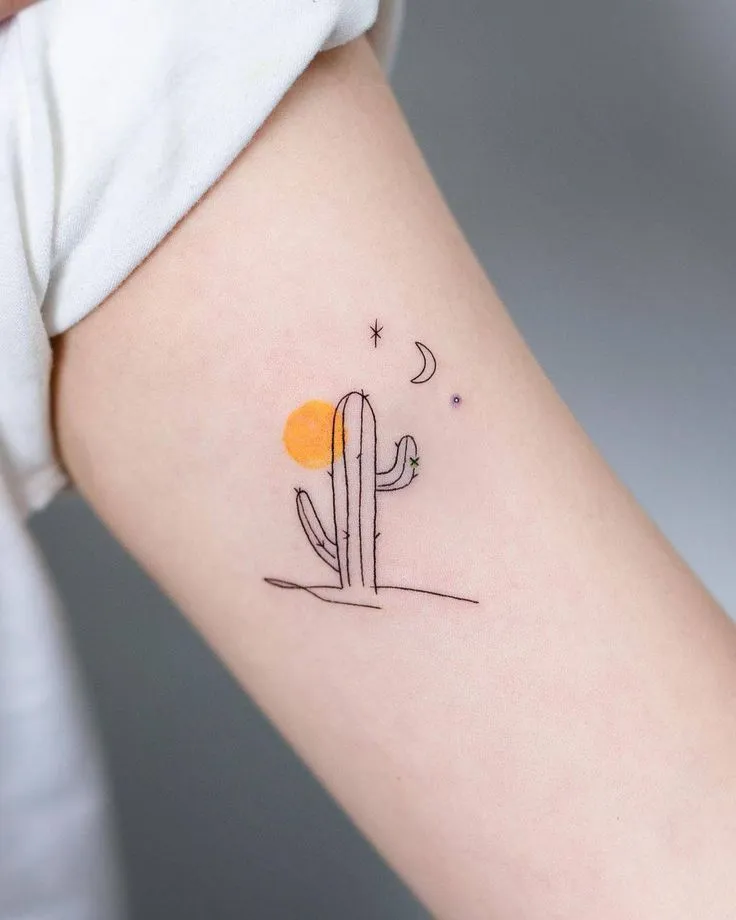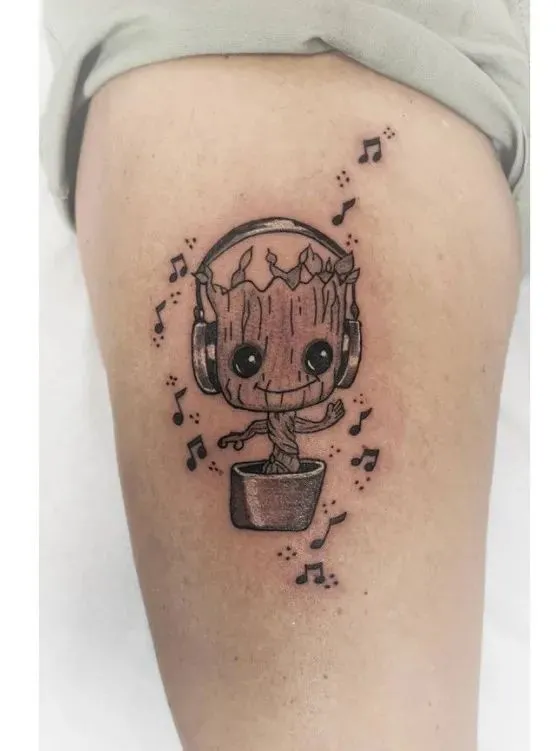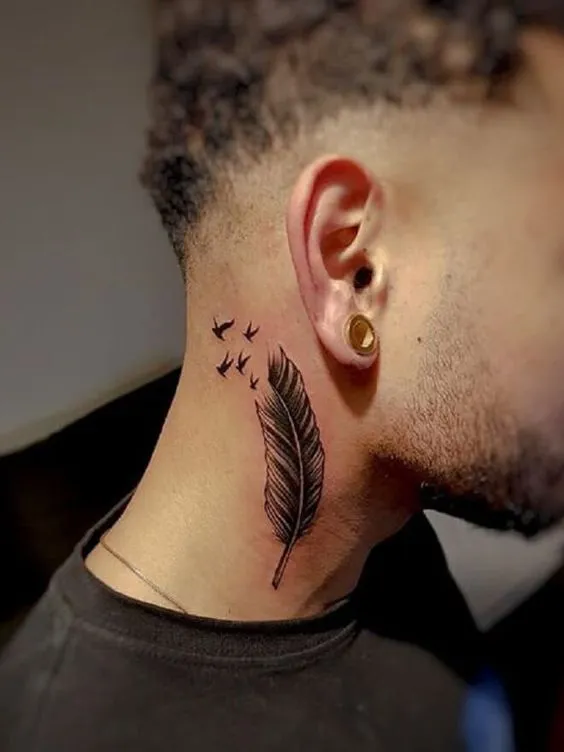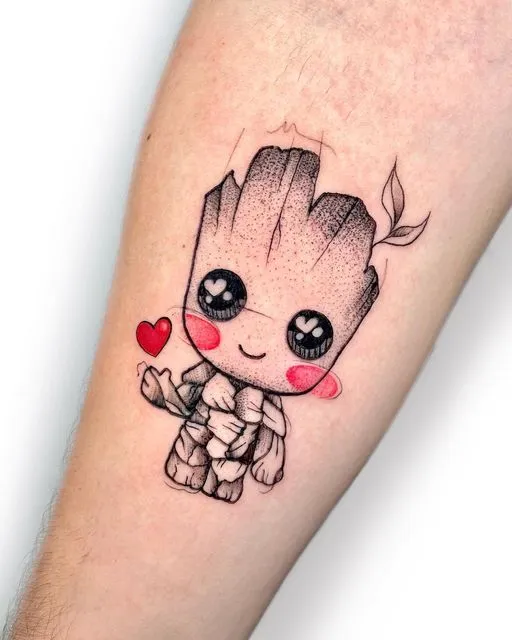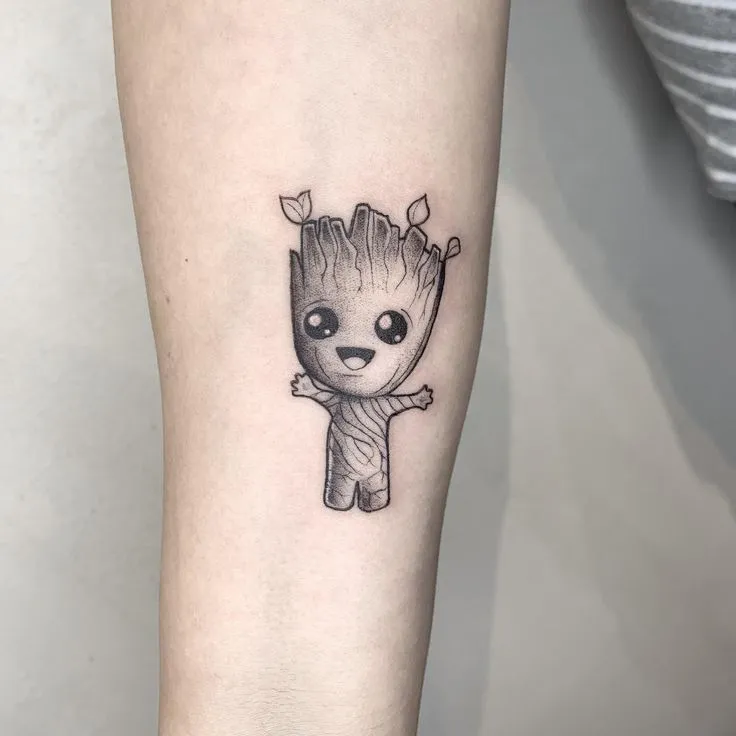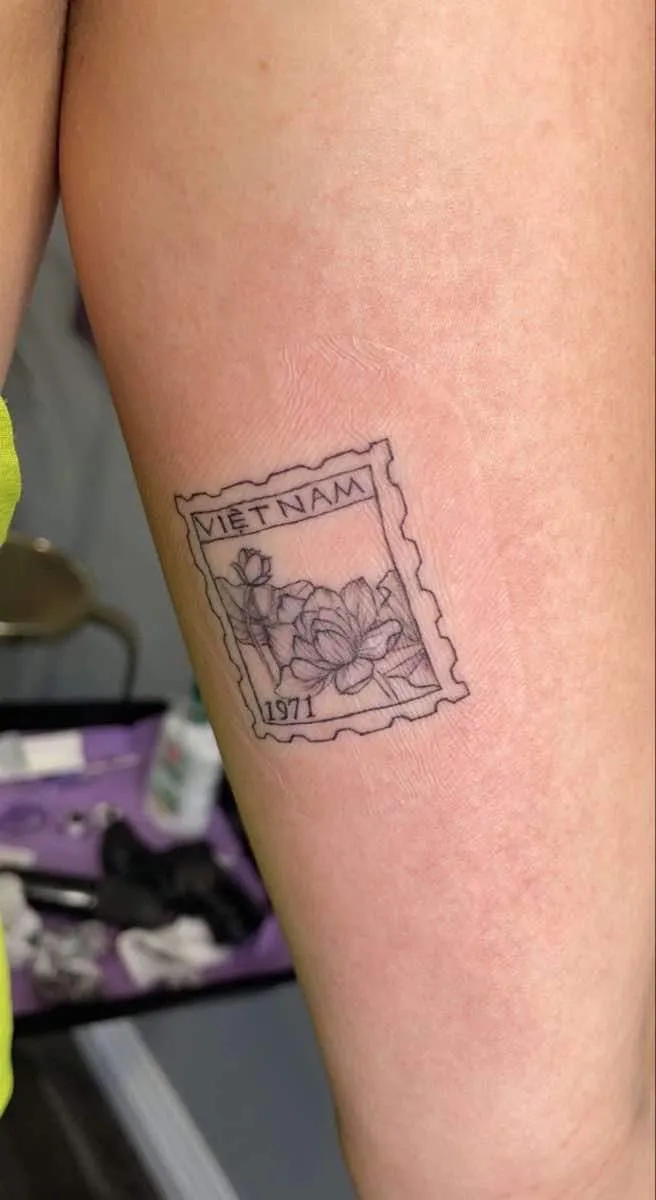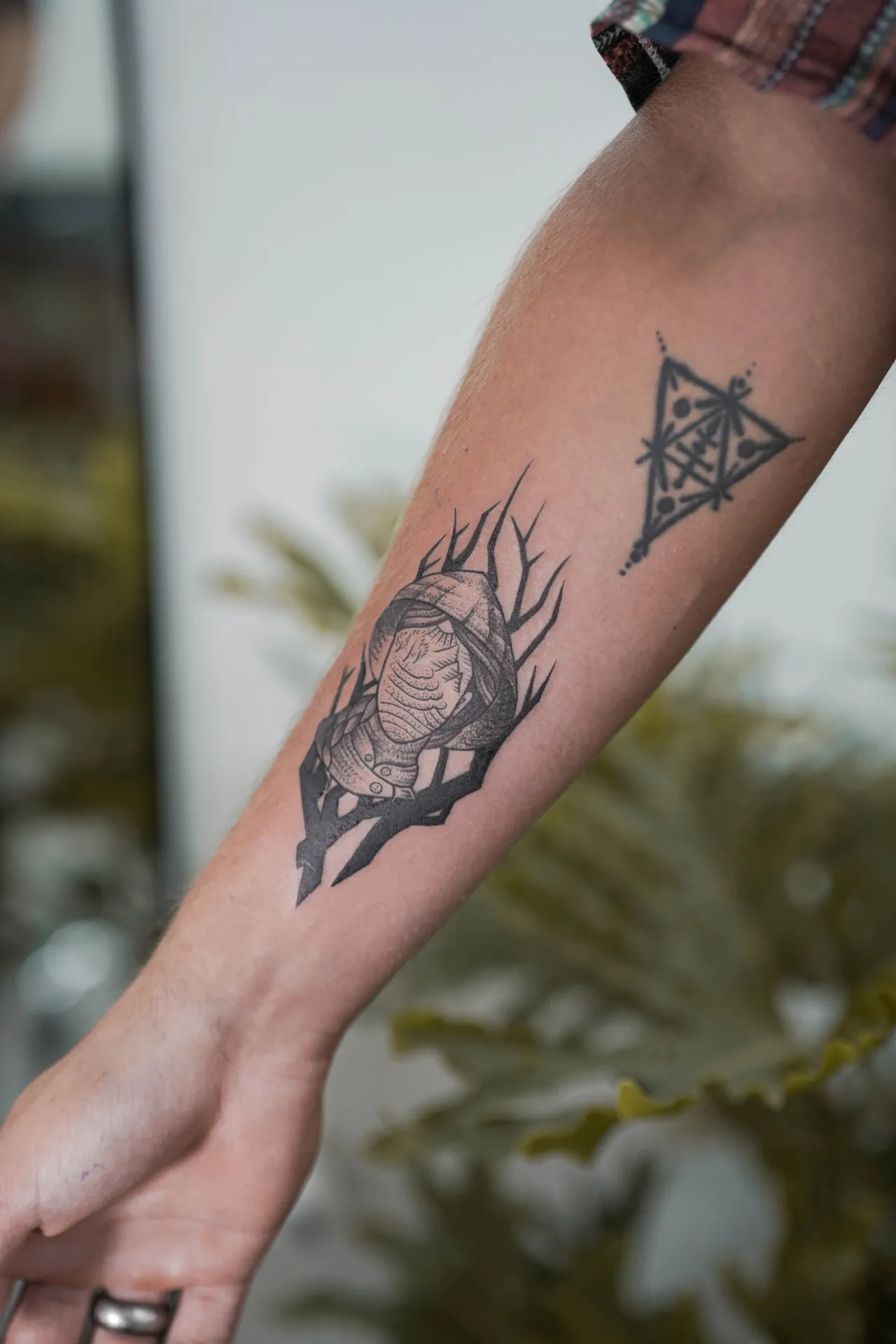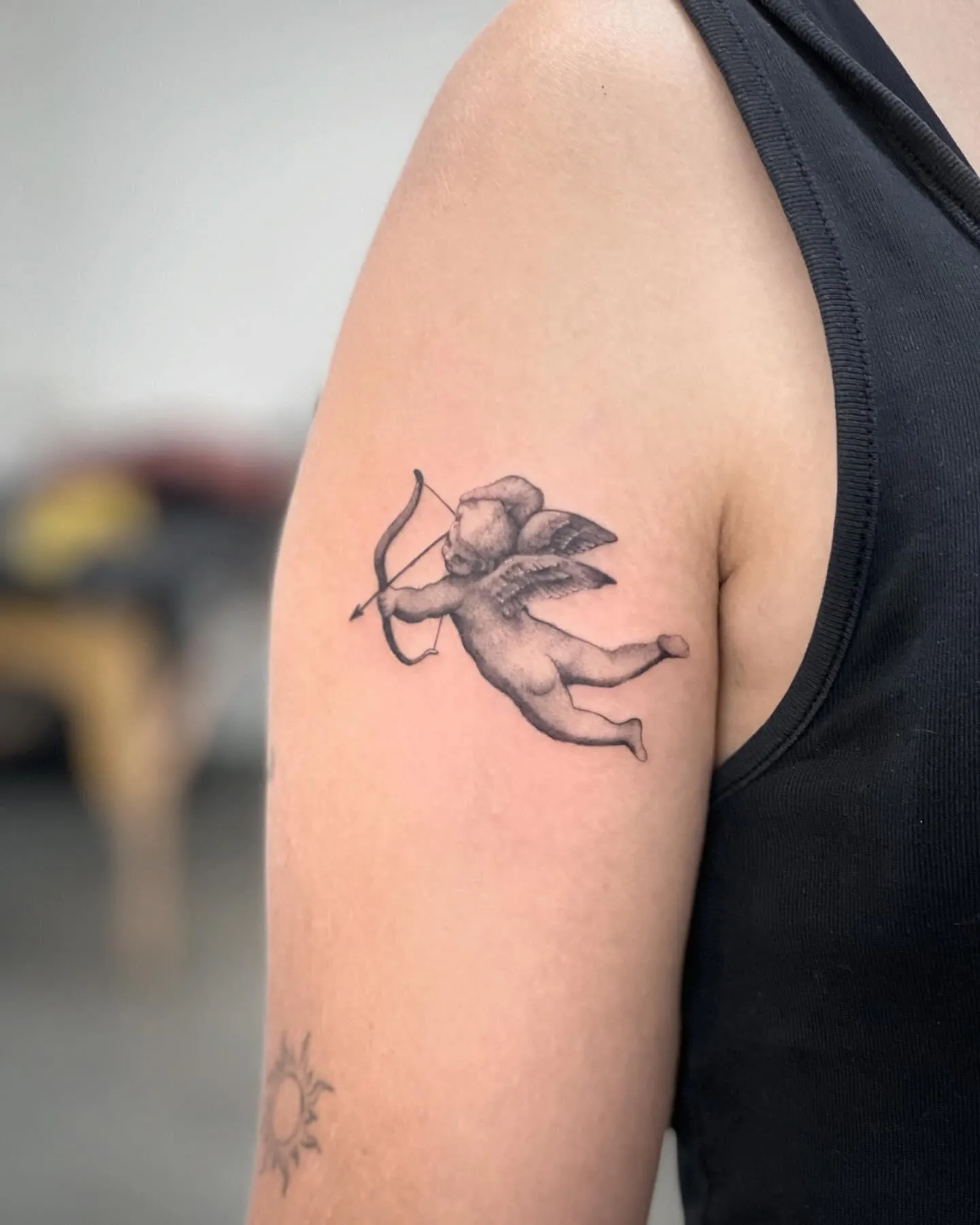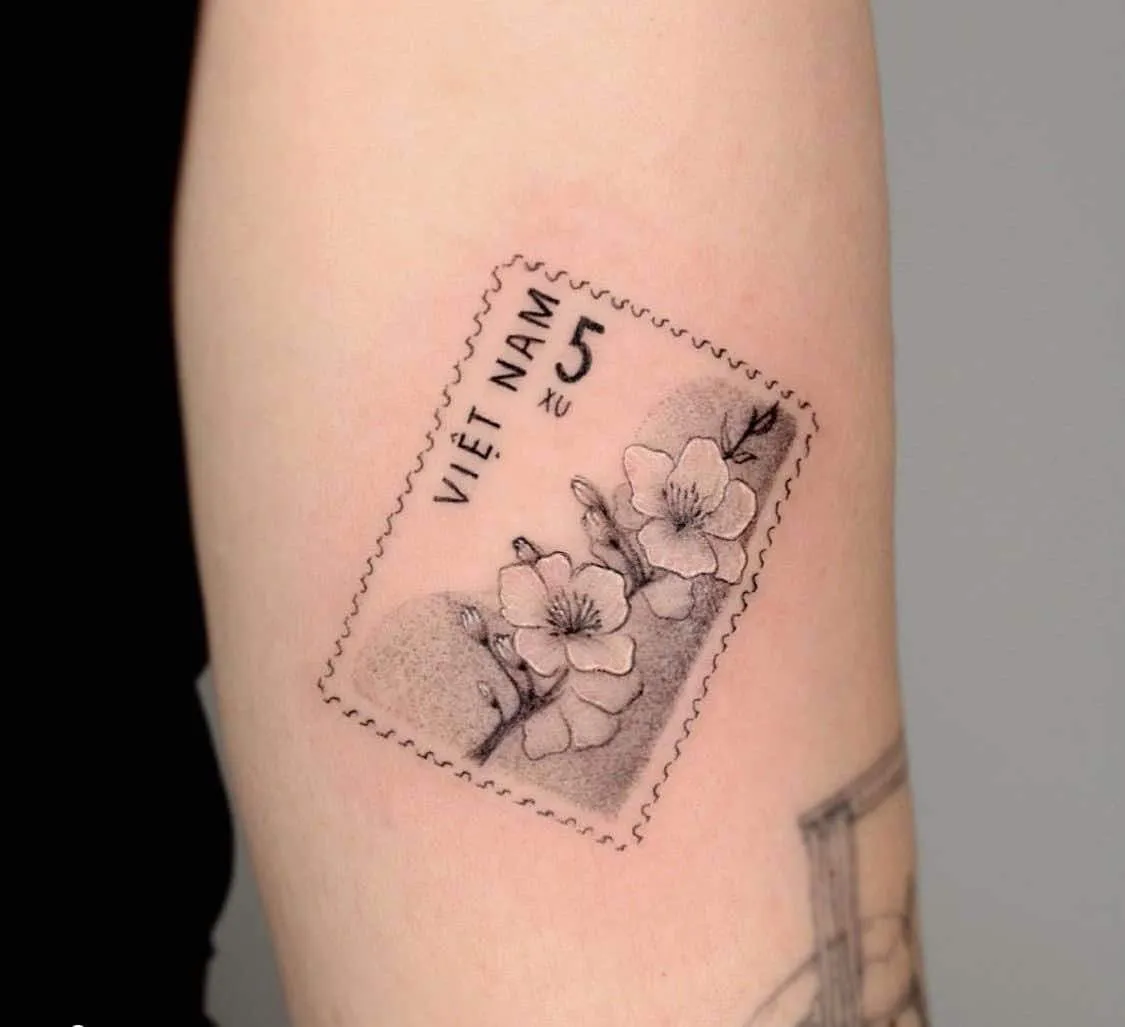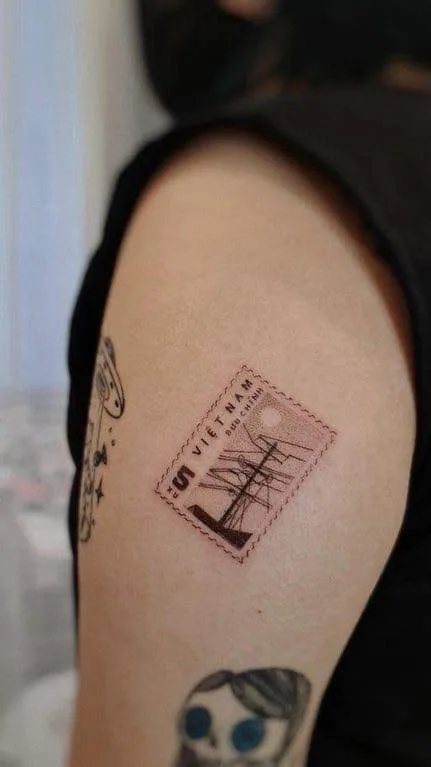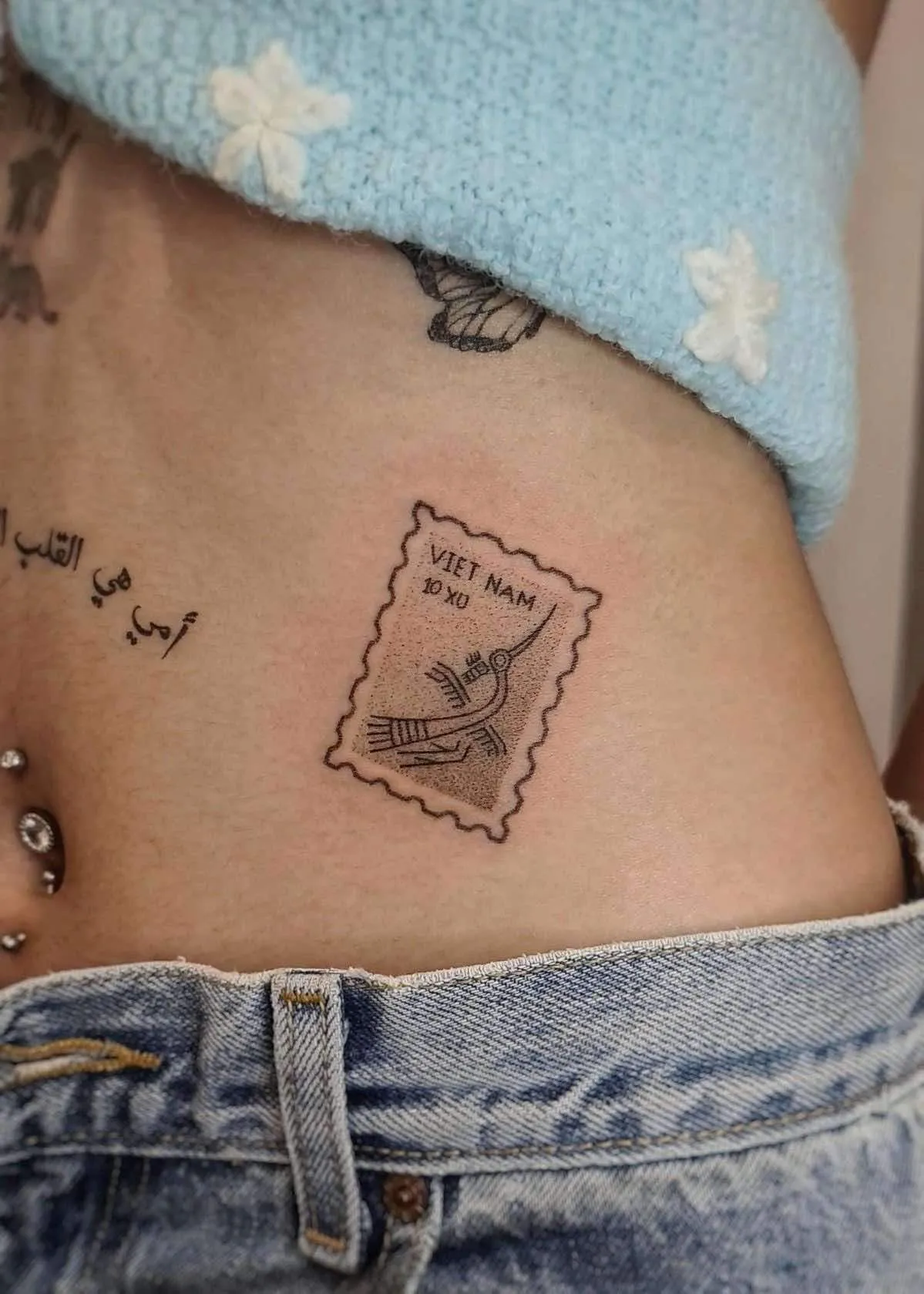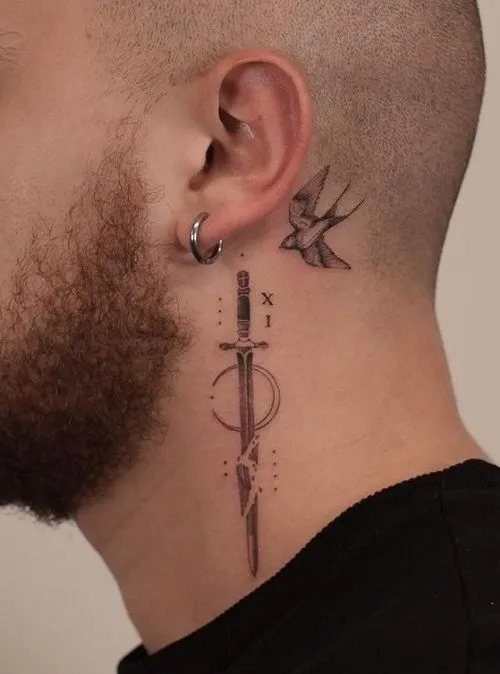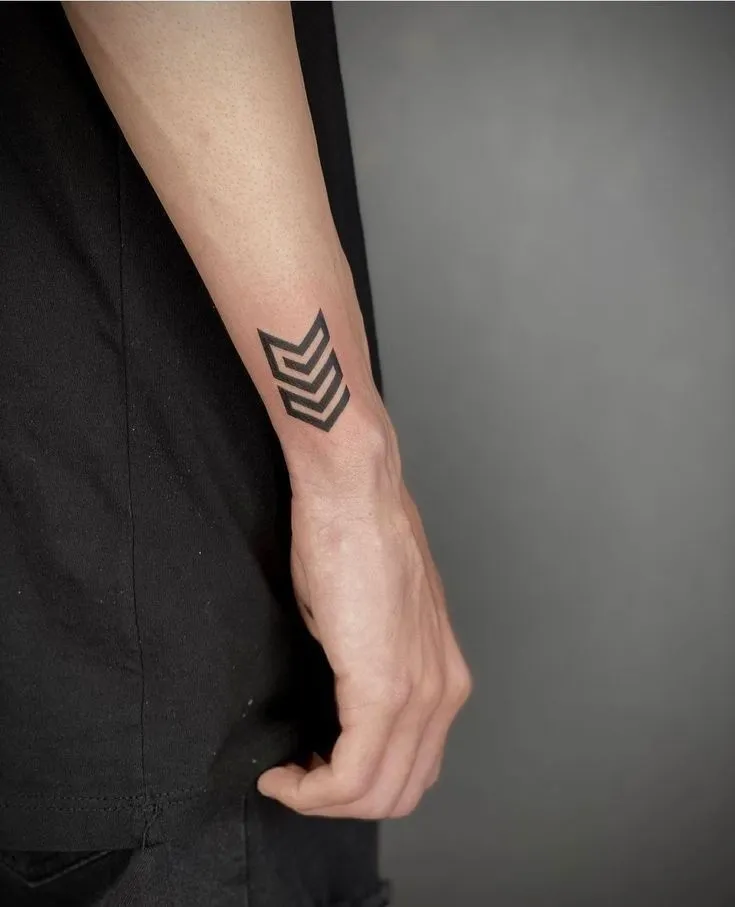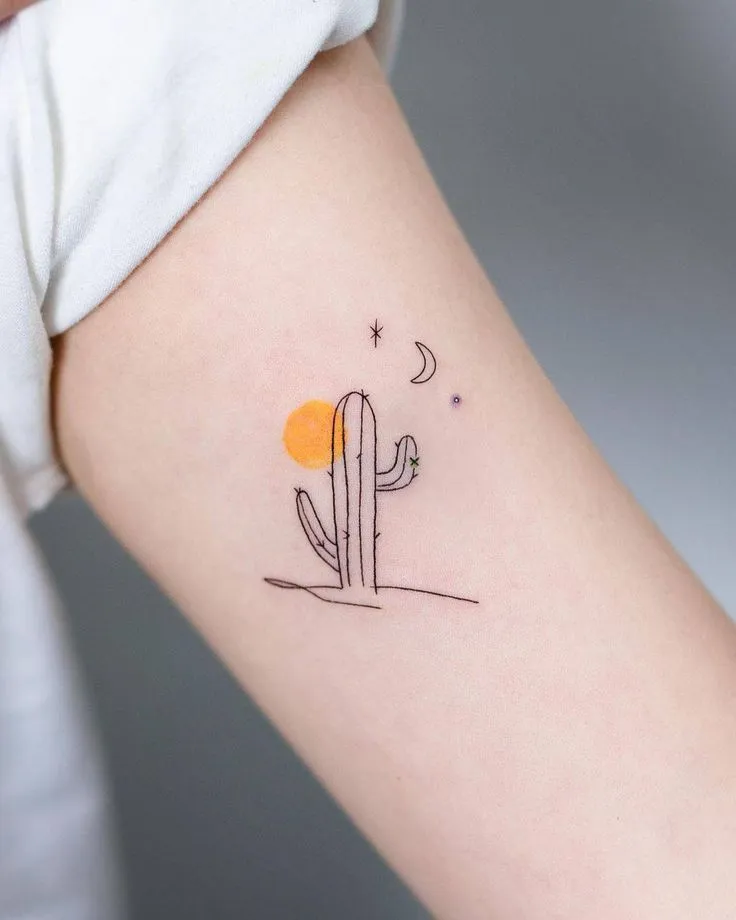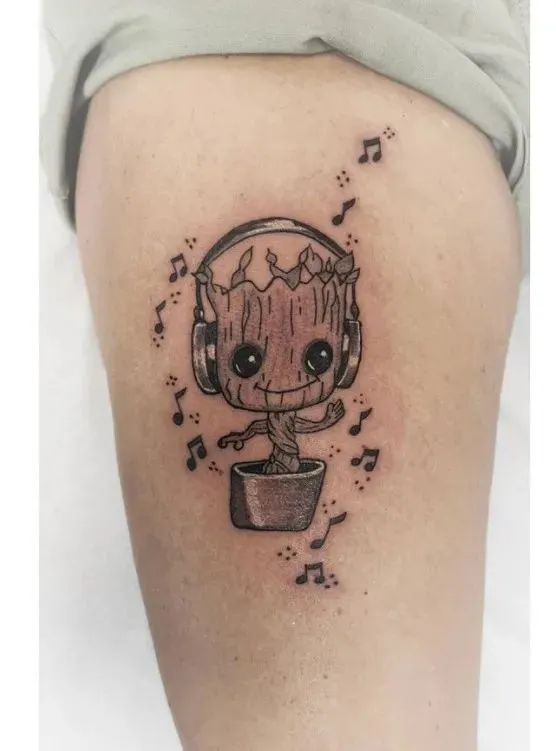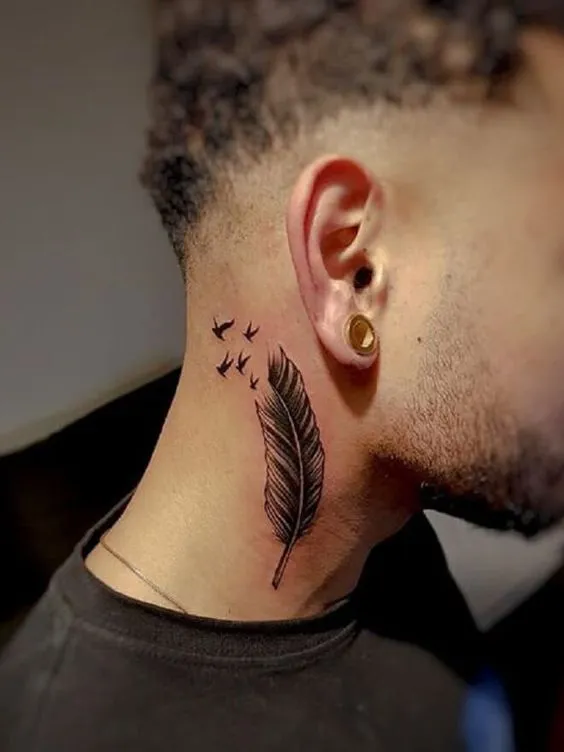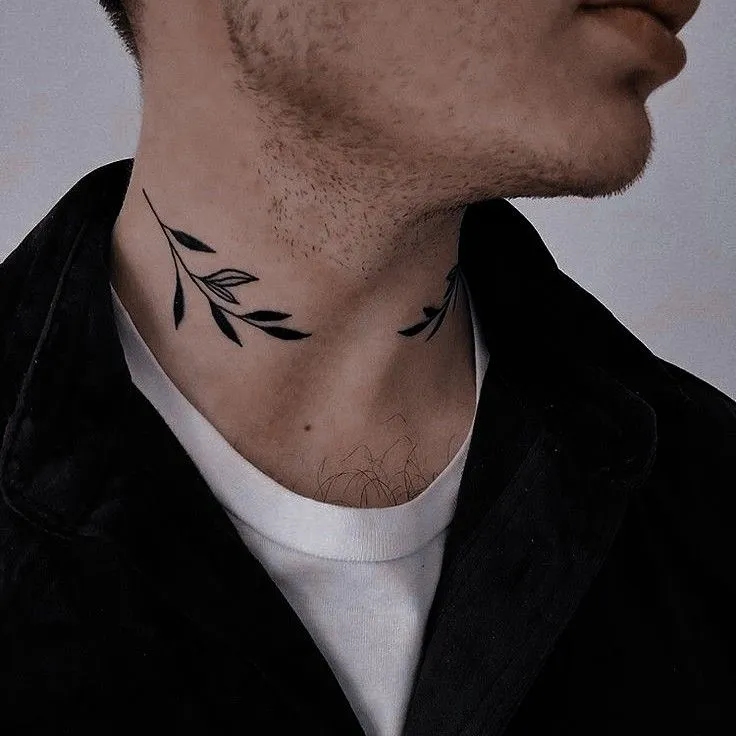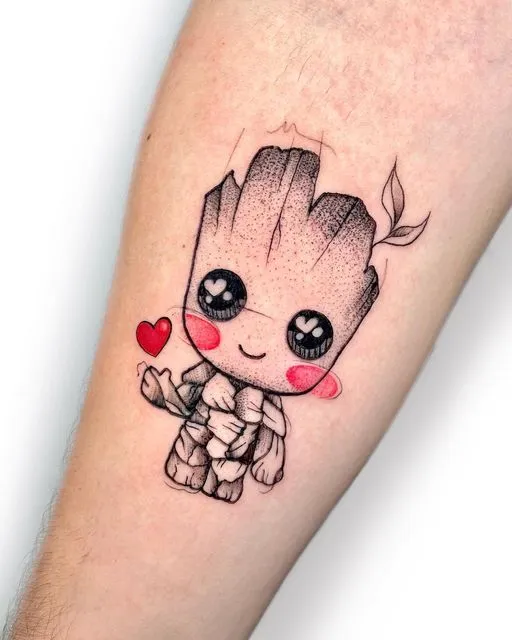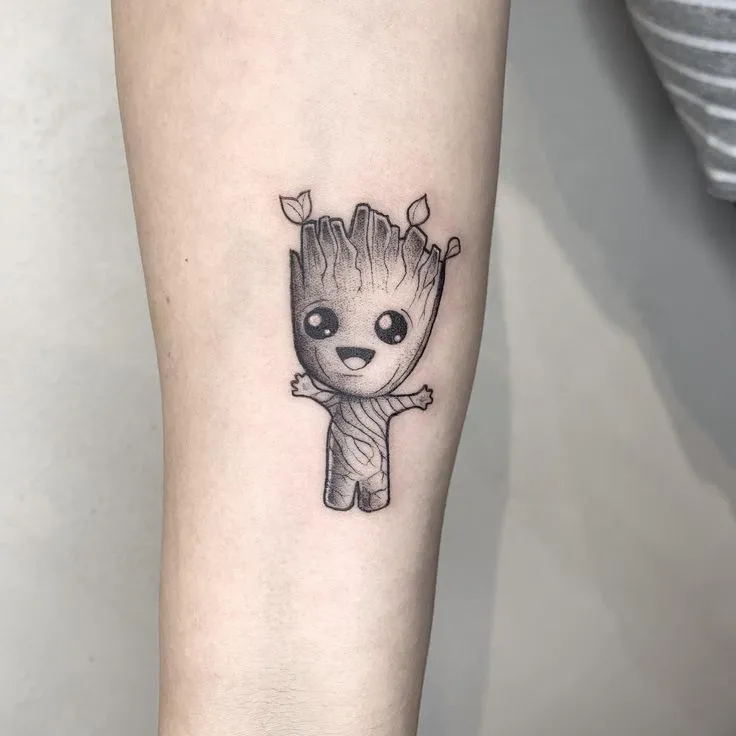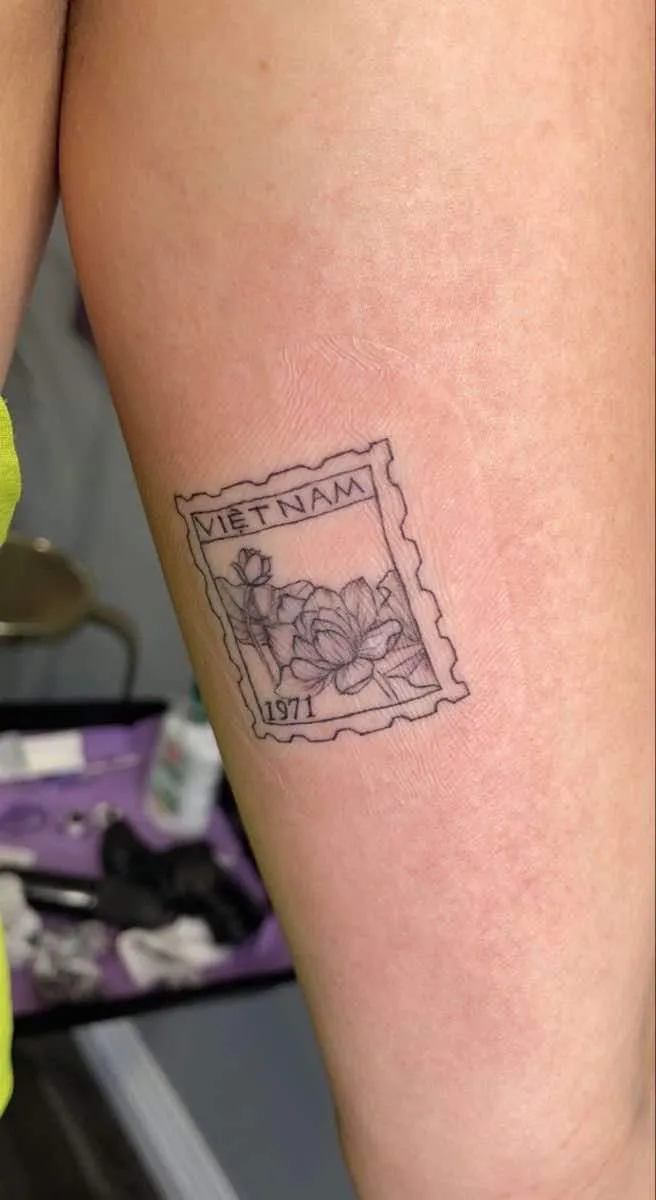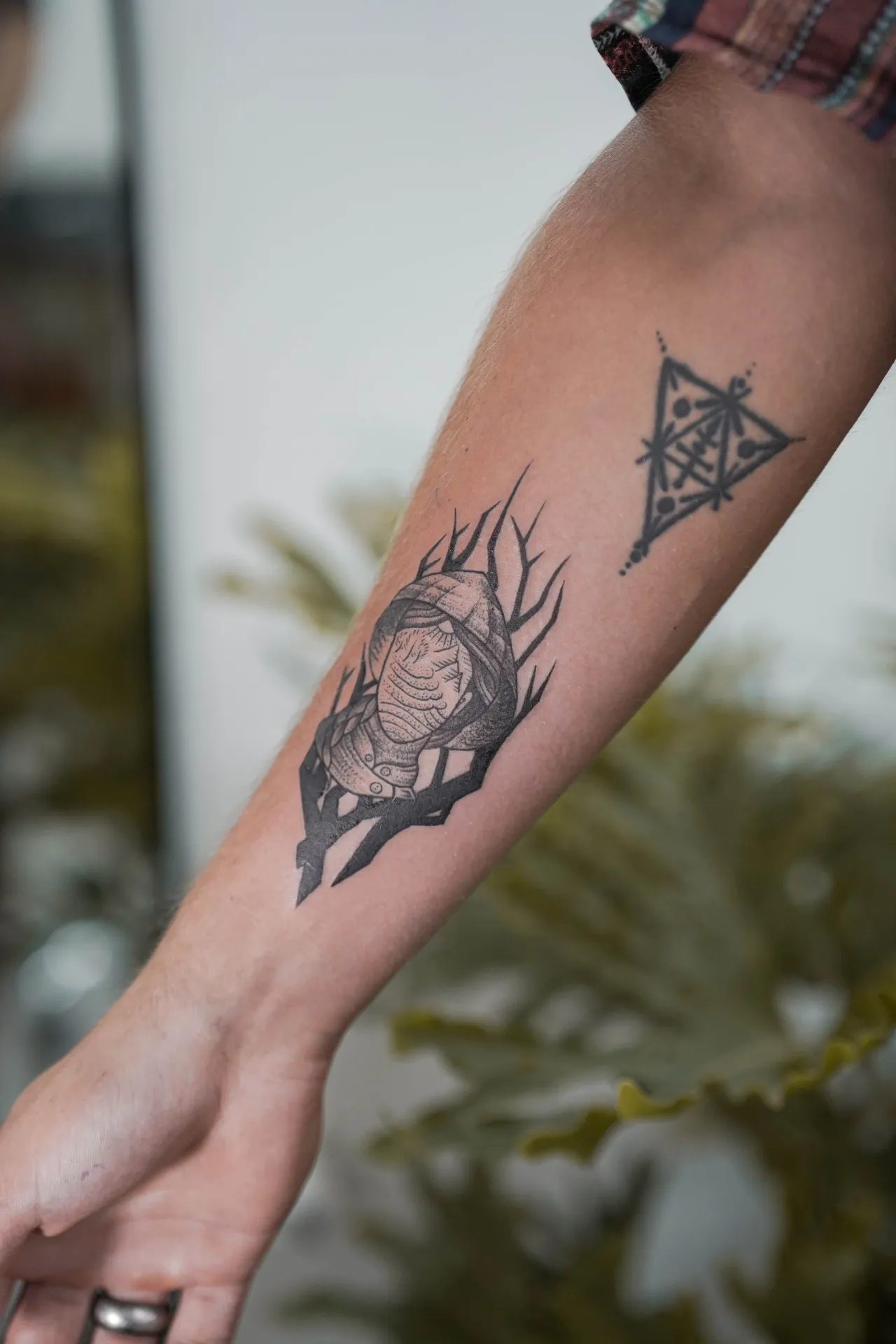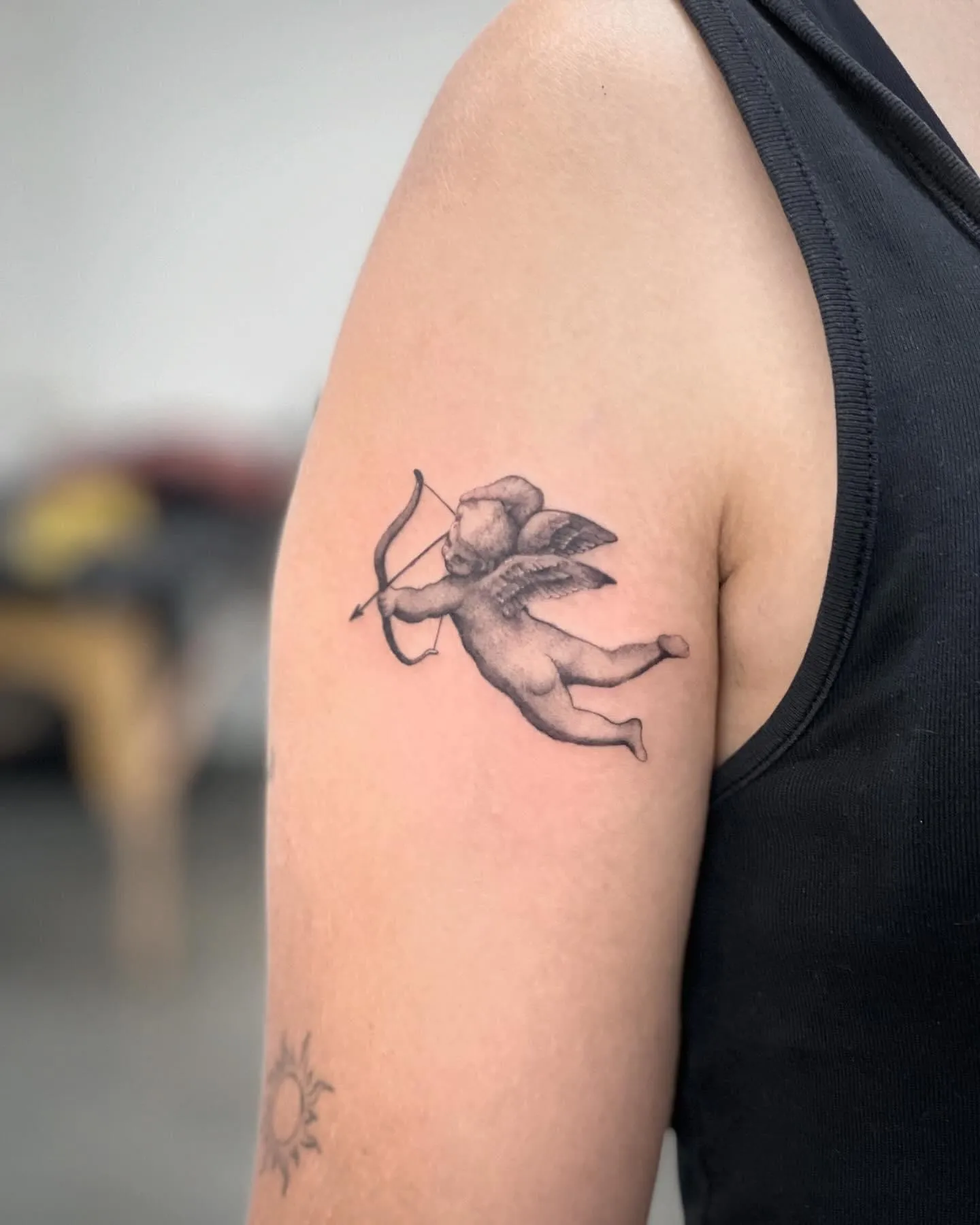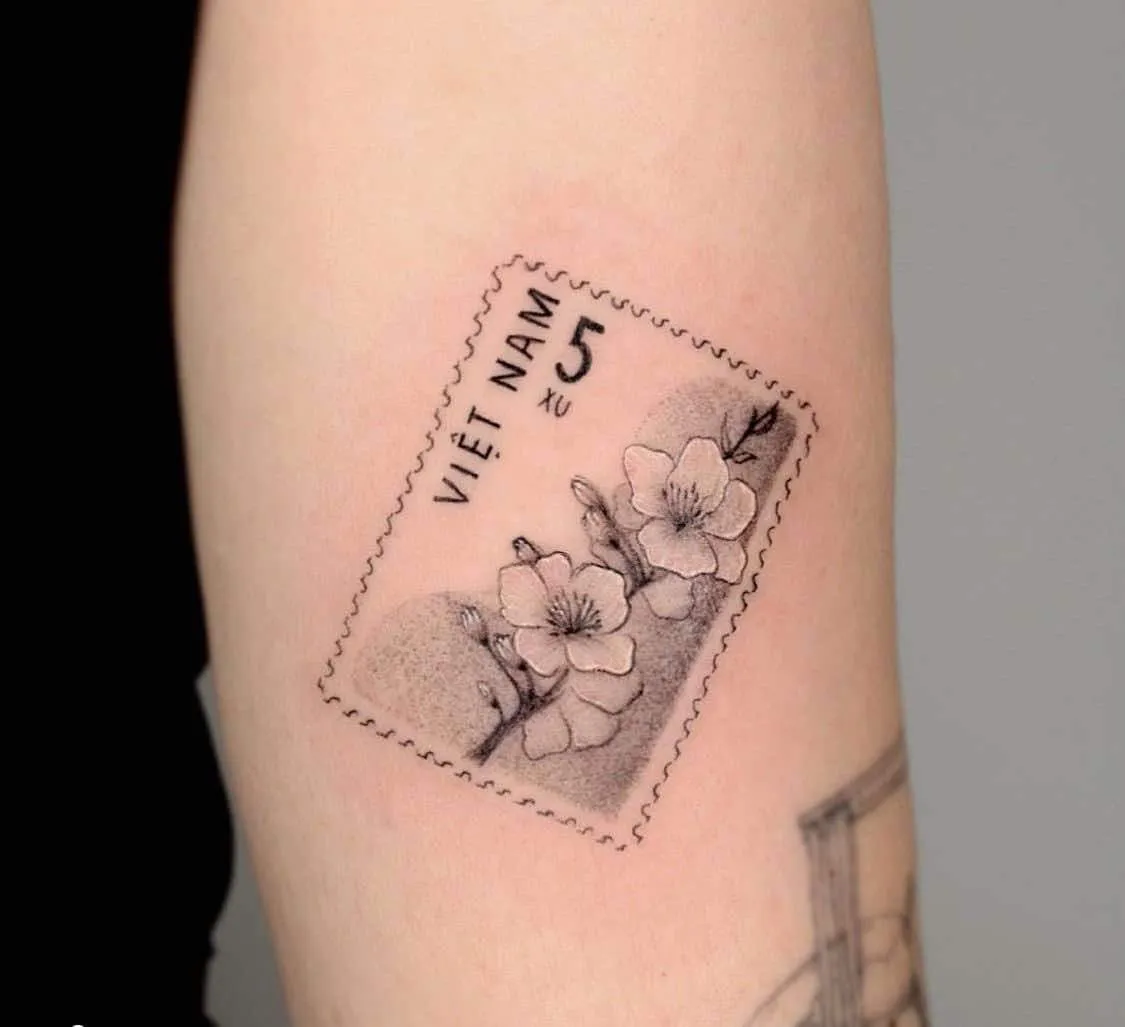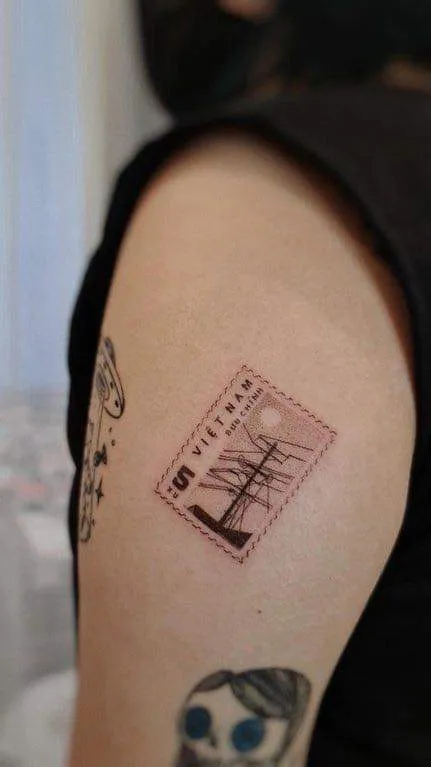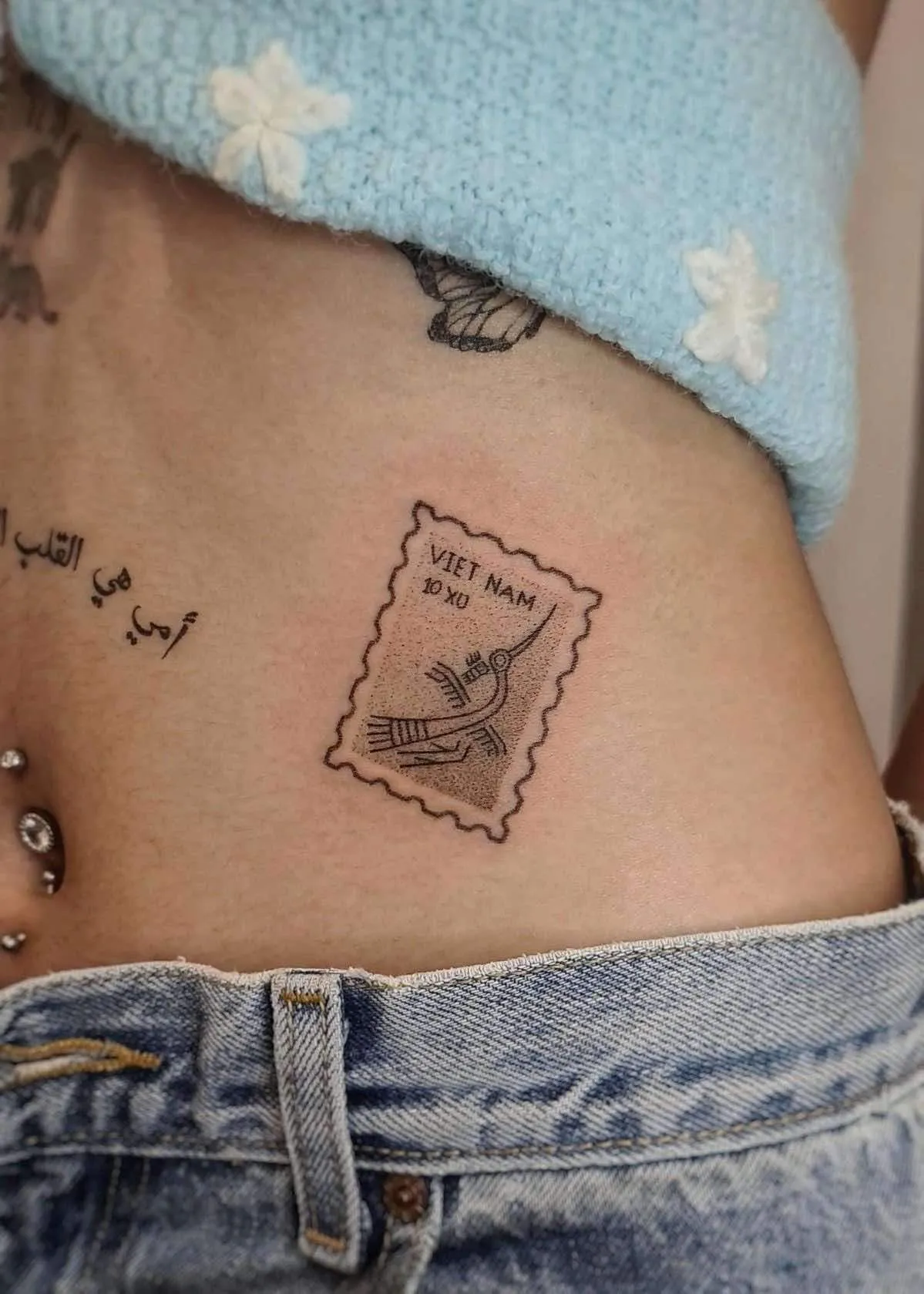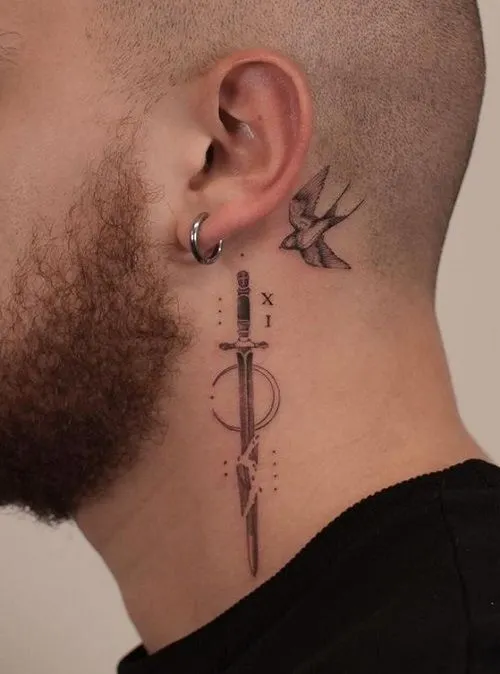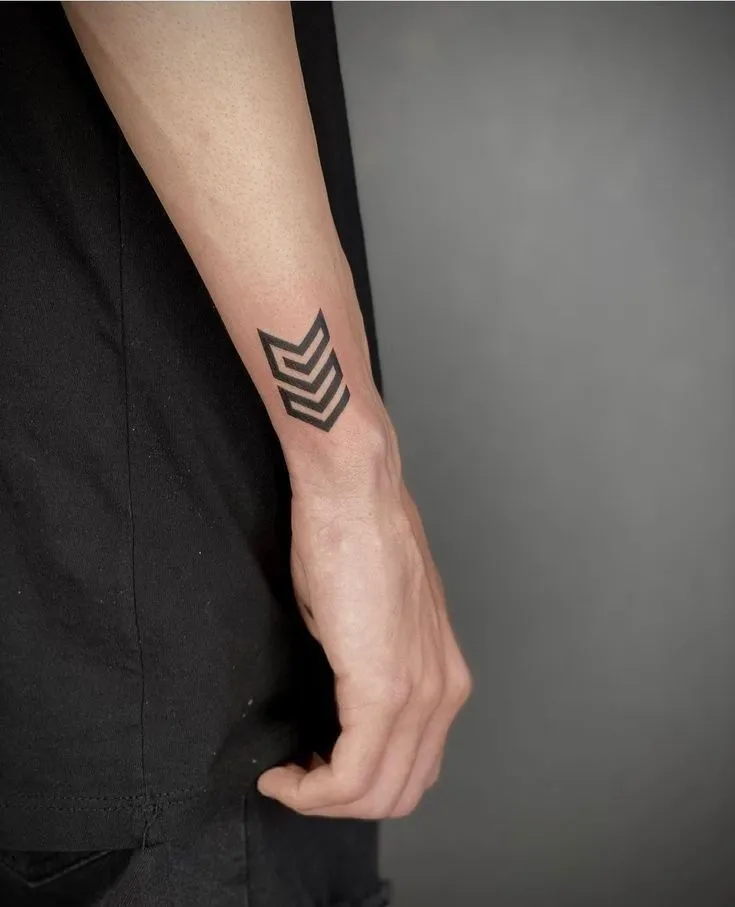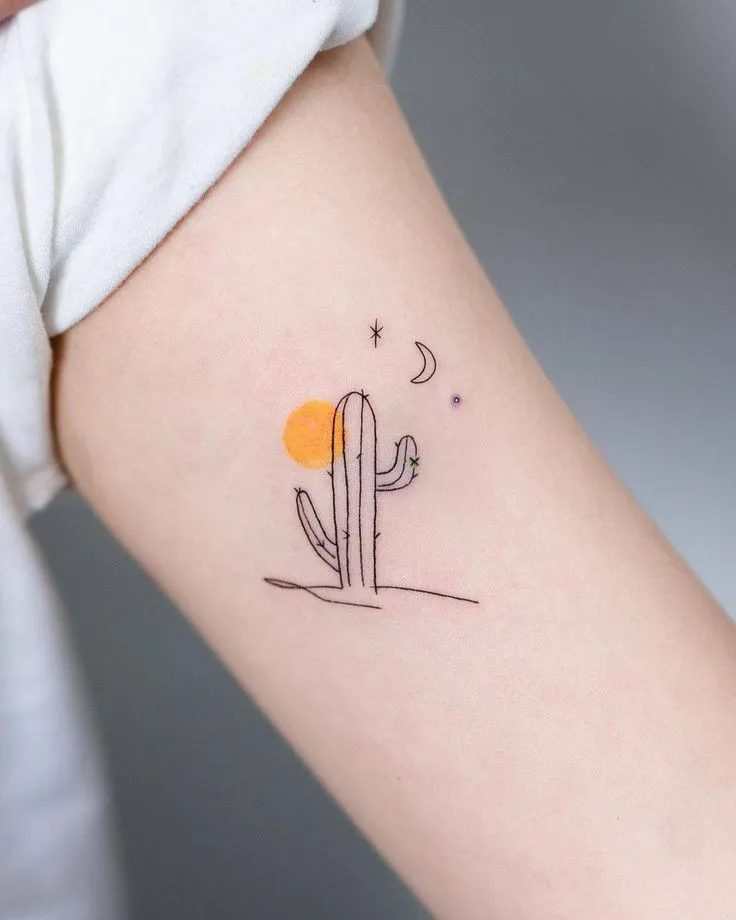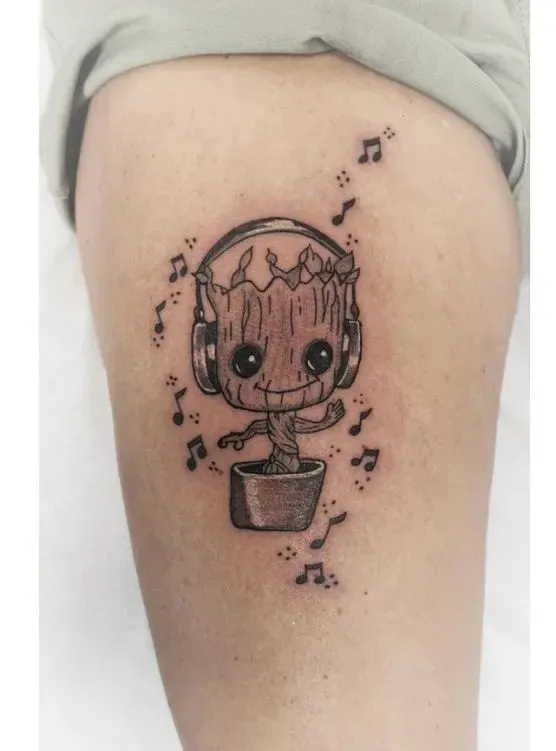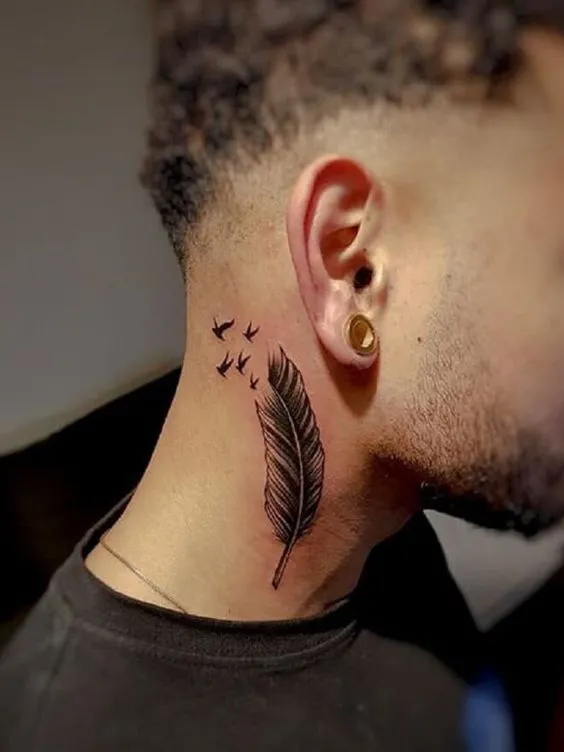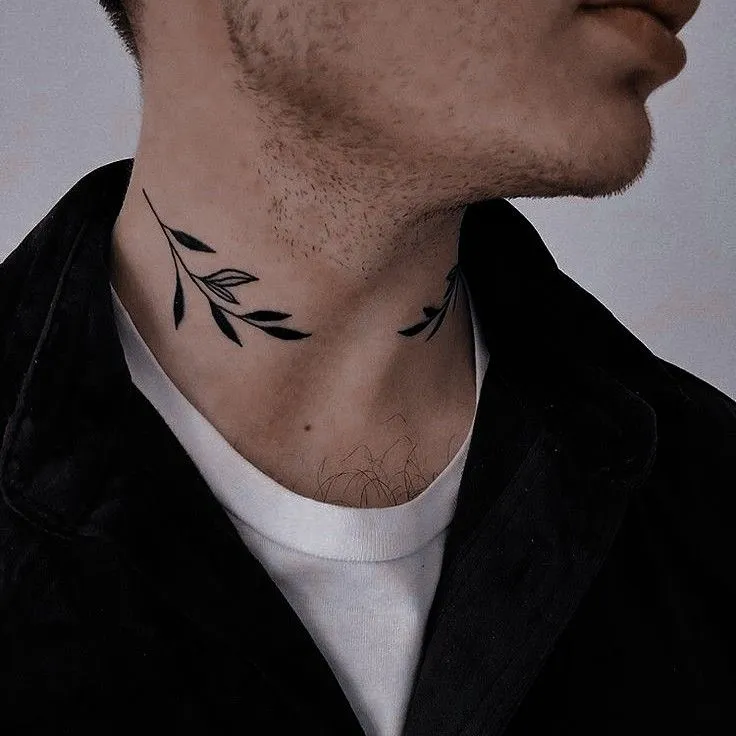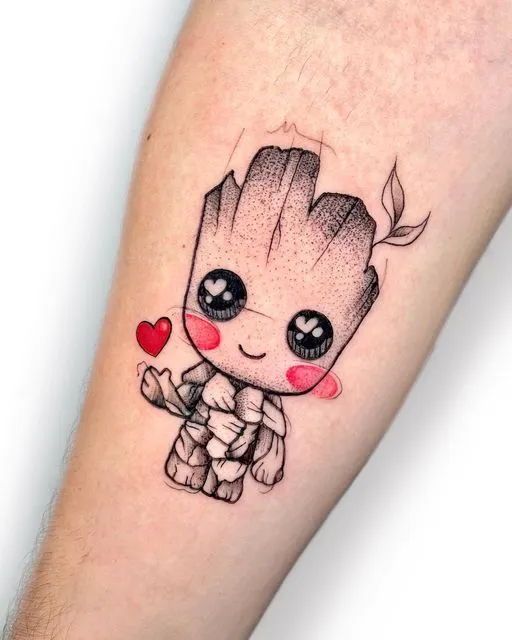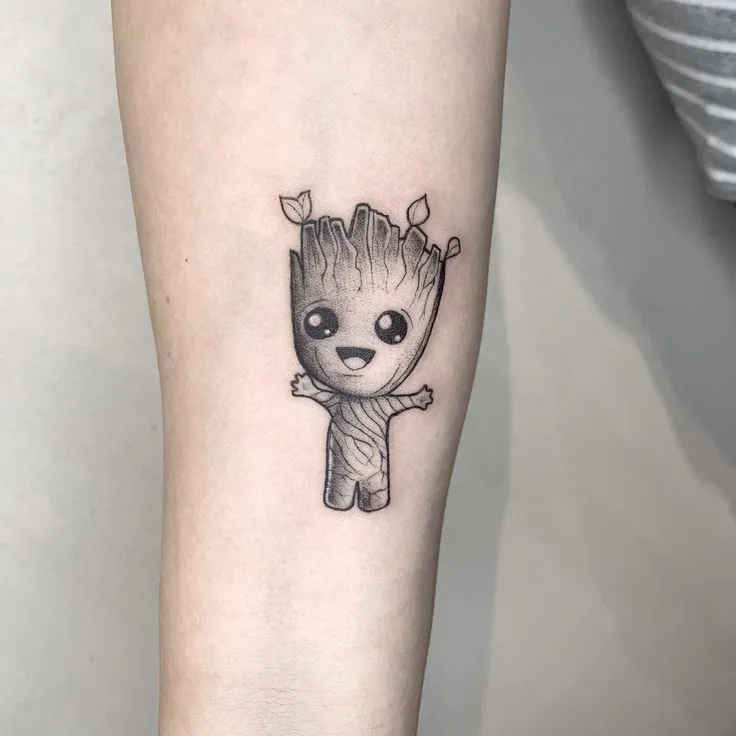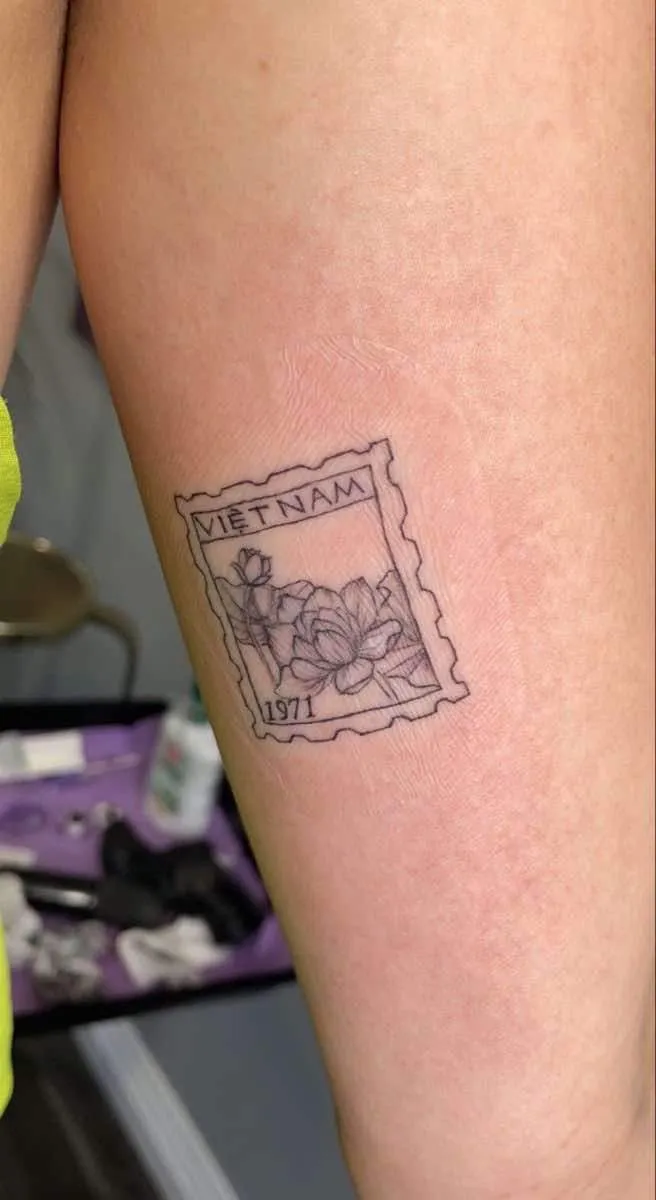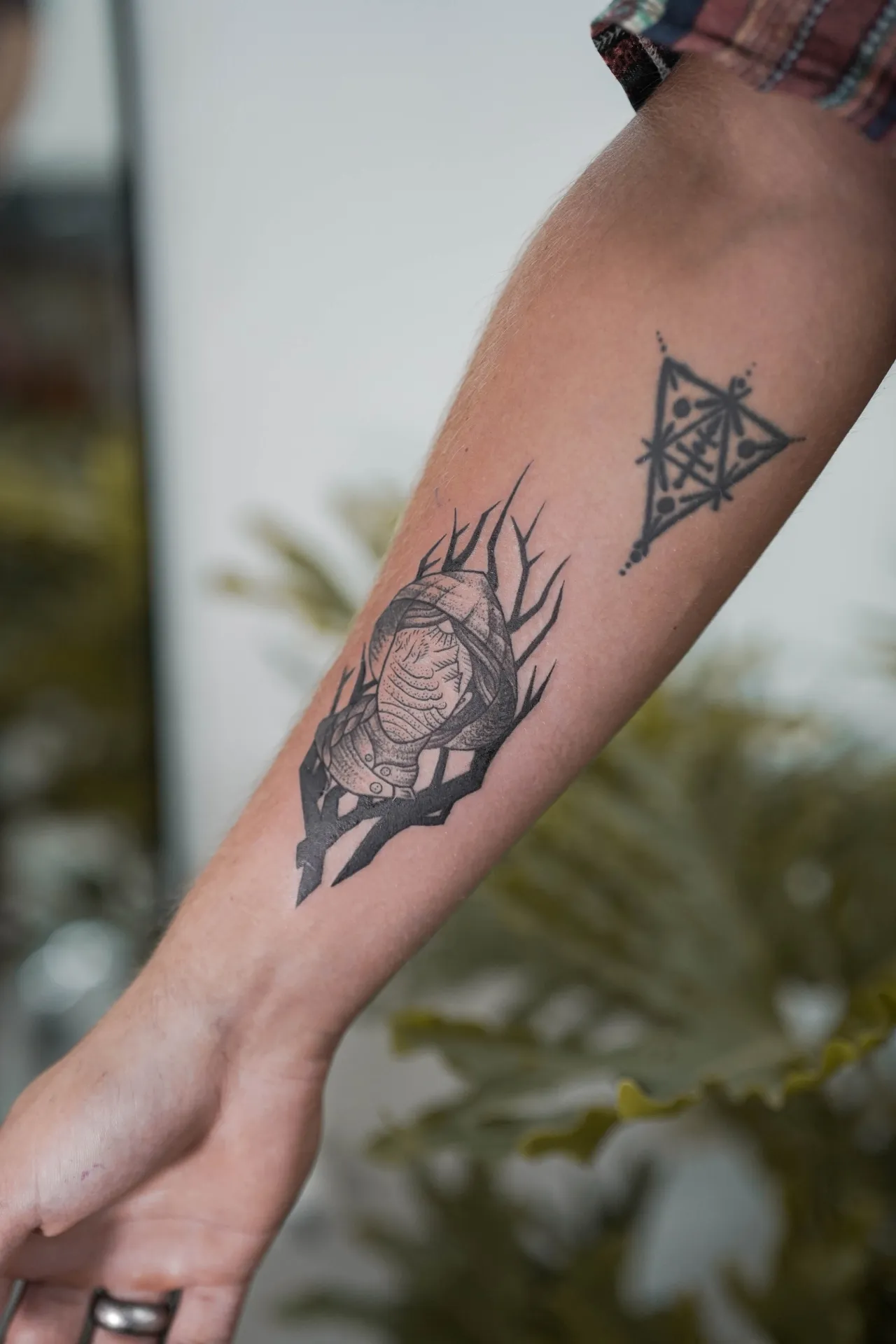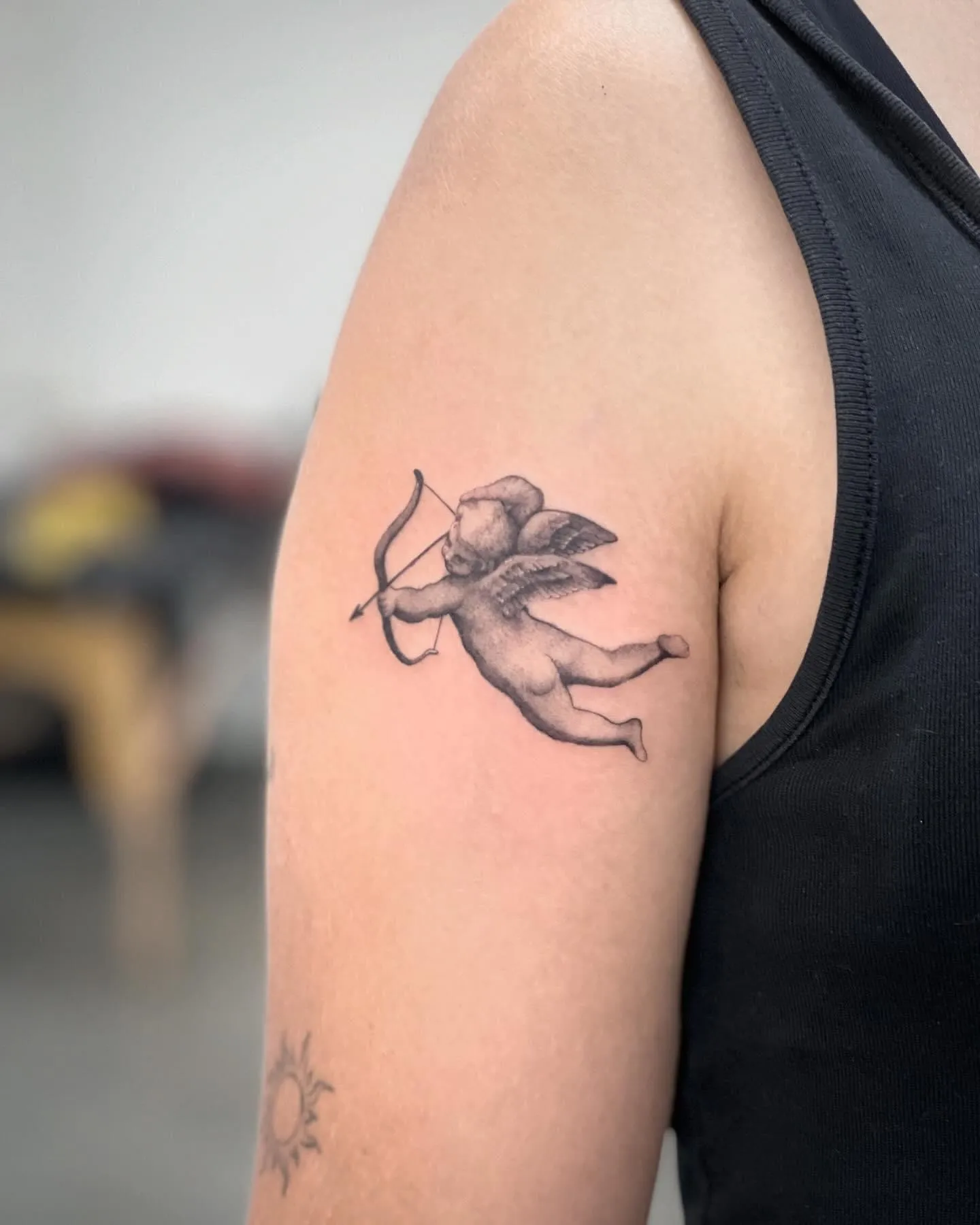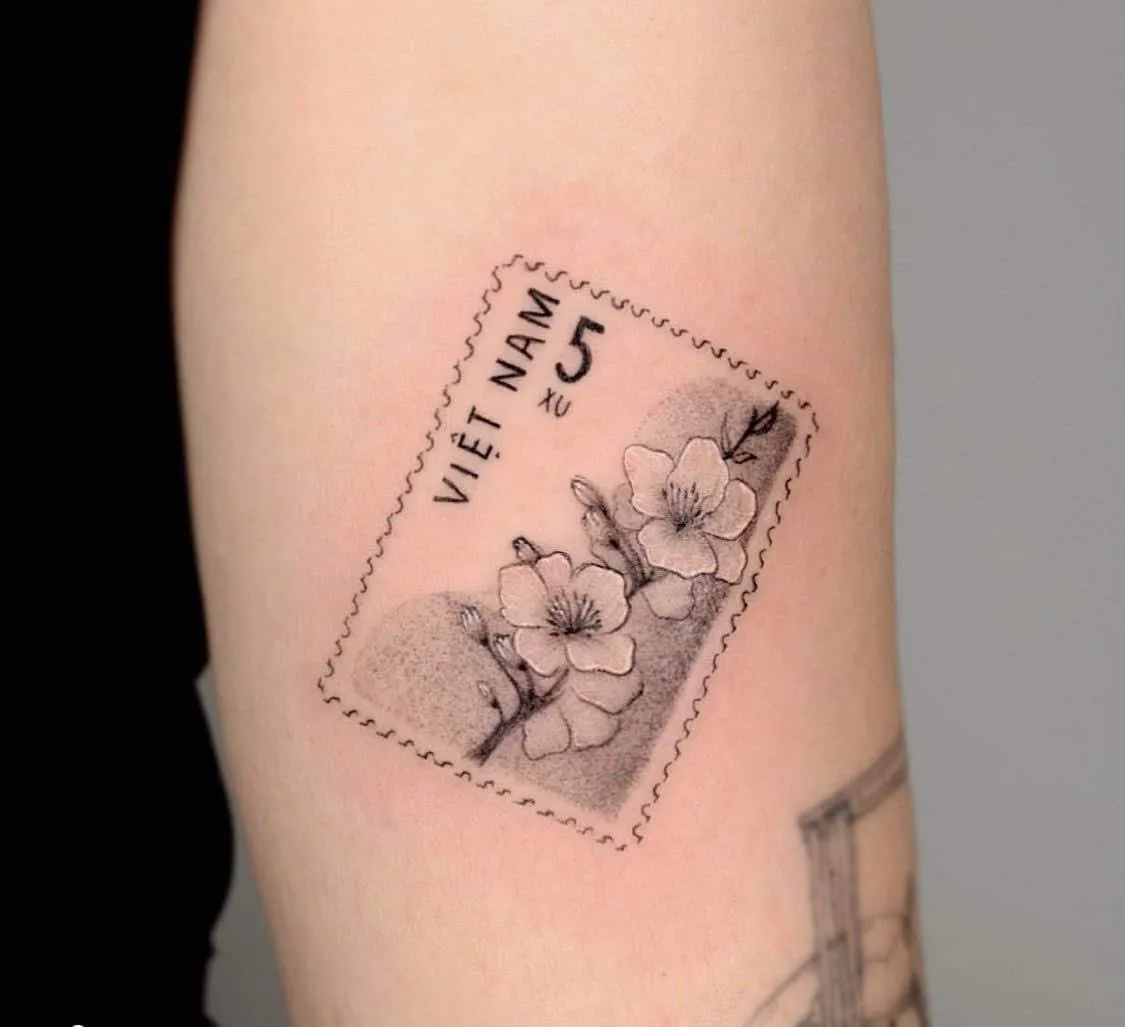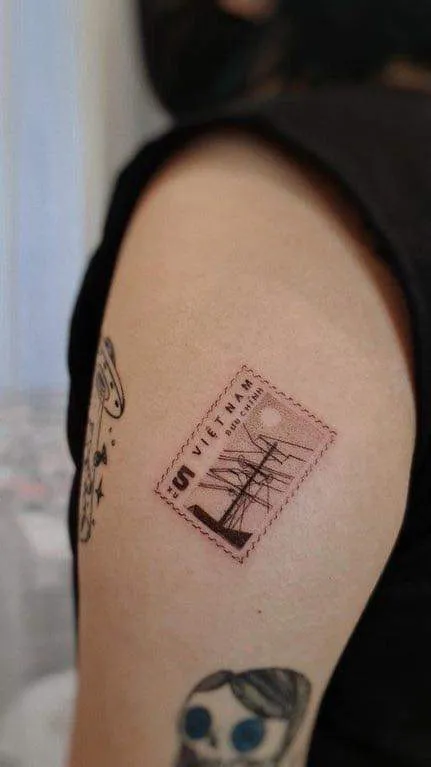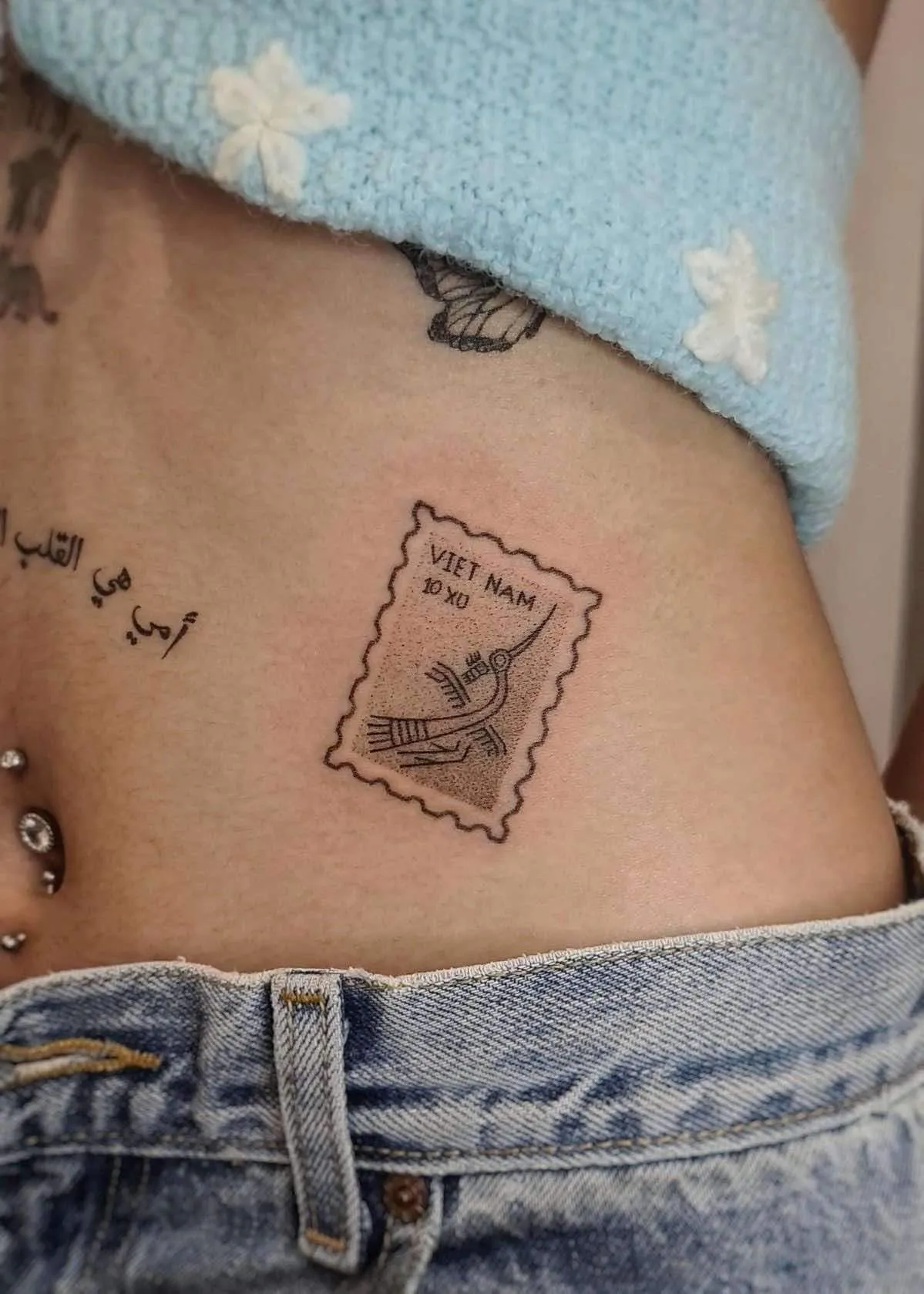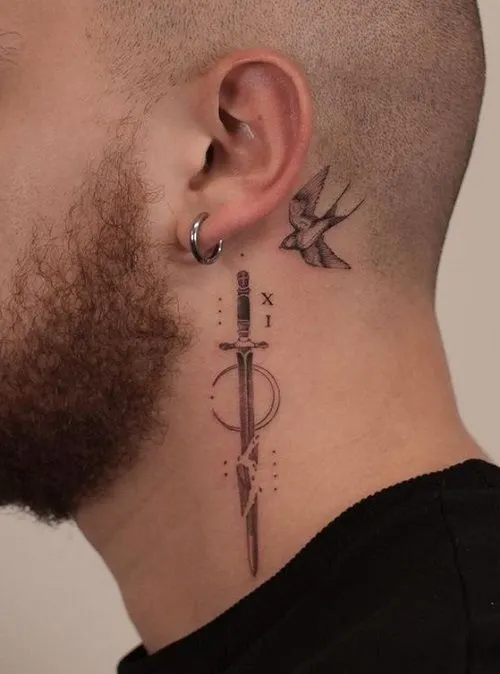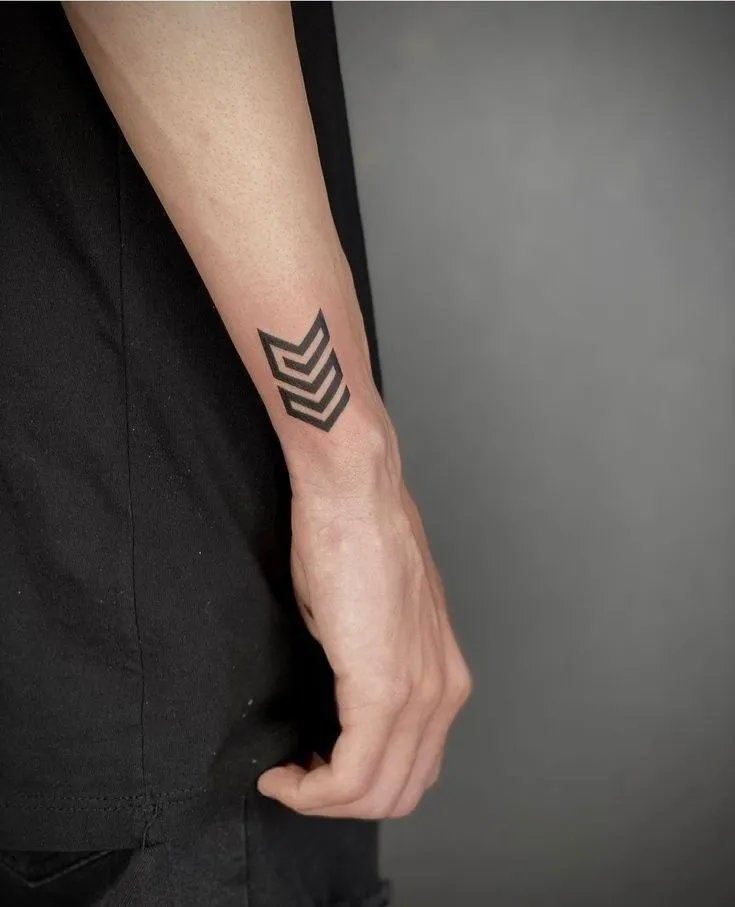Getting your first tattoo is a major milestone—an exciting, personal step into the world of body art. For beginners, often called freshers, the best way to start is with something subtle, elegant, and highly personal: a small tattoo. Small tattoos are defined by their delicate lines and minimal size (usually 1–3 inches), offering deep meaning without the intense commitment or long hours of a large piece. This guide from H2M Tattoo Studio dives into the ultimate small tattoo ideas for freshers, covering the "why" and "how" to ensure your first ink experience is perfect, comfortable, and meaningful.
The Irresistible Appeal of Small Tattoos for Beginners
Small tattoos are uniquely suitable for freshers because they directly address the biggest first-timer anxieties: pain, permanence, and time commitment. These subtle designs require shorter sessions (often less than an hour), result in significantly reduced pain, and heal rapidly (typically 1–2 weeks). Moreover, their size allows for maximum discretion, making them ideal for navigating new professional or social environments.
They serve as the perfect low-stakes test, allowing you to gauge your comfort with body art before considering a larger project. By focusing on simplicity and symbolic impact, small tattoos offer an elegant, charming, and manageable entry point into your lifelong journey of self-expression.
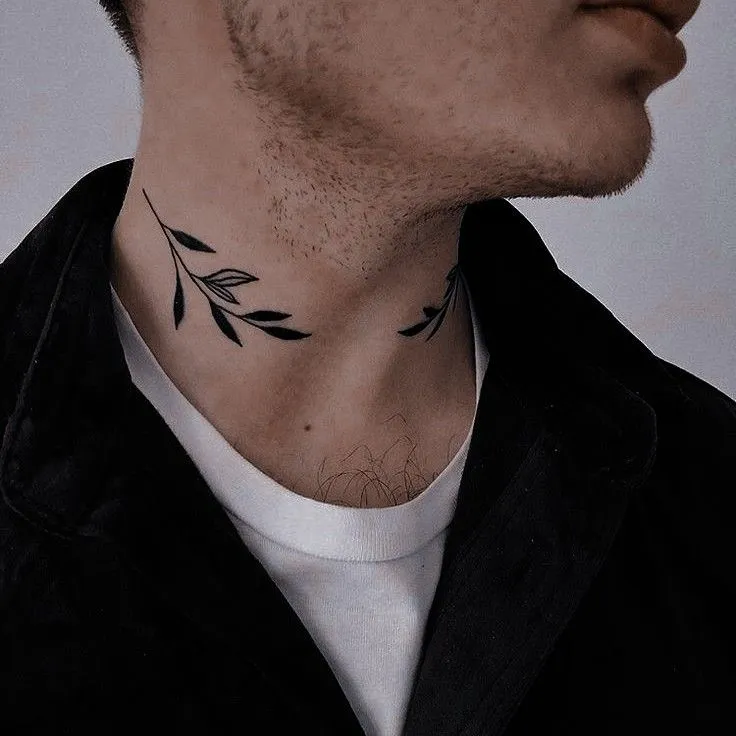
Core Considerations for Freshers Getting Small Tattoos
Before committing to your design, freshers must understand the practical realities of getting inked. While small tattoos mitigate some of the risks of larger pieces, a well-informed decision ensures a positive first experience.
Pain Expectations, Healing Time, and Aftercare Basics
One of the biggest concerns for any first-timer is the pain. Small tattoos are generally less painful than their larger counterparts for two primary reasons: shorter duration and simpler design. Since the session lasts only an hour or less, the body doesn't endure prolonged stress. Furthermore, small tattoos, particularly fine-line and minimalist styles, often involve less heavy linework and minimal color packing or shading, which are typically the most sensation-intensive parts of the tattooing process. The level of pain felt is highly dependent on the placement (see Section 4), but generally, a small tattoo feels like a strong, continuous scratching sensation.
The healing time for a small, single-session tattoo is remarkably fast. Expect the initial, tender healing phase (scabbing and peeling) to conclude within 7 to 14 days. However, the skin takes around 4 to 6 weeks to fully settle.
Aftercare is crucial for preserving your small tattoo's clarity:
- Initial Days (Day 1–3): Keep the tattoo clean, washing gently with a mild, unscented soap. Pat dry with a clean paper towel. Apply a very thin layer of tattoo-specific or fragrance-free moisturizer 2–3 times a day.
- Healing Phase (Day 4–14): Continue moisturizing. Avoid picking or scratching the scabs, even if itchy. Avoid soaking the tattoo in water (no baths, pools, or hot tubs).
- Long-Term Care: Sun exposure is the number one enemy of tattoos, causing ink to fade and lines to blur. Always apply high-SPF sunscreen when exposing your tattoo to UV rays.
Realistic Cost and Time Commitment
The cost of a small tattoo is significantly lower than large pieces, but it’s important to be aware of the minimum pricing structure. Most reputable studios, including H2M Tattoo Studio, have a shop minimum—a base price that covers the artist’s time for setup, sterilization, disposable materials (needles, ink caps), and cleanup. Even a tiny dot may cost the minimum rate, which can range from $50 to $150 USD (or equivalent local currency). For a detailed small design, expect the price to increase based on complexity and location.
The time commitment is minimal. From walking into the studio to walking out with your new ink, the entire process often takes 90 minutes or less, including paperwork, stencil application, consultation, tattooing, and aftercare instructions. The short duration is highly encouraging for freshers who want to minimize time spent in an unfamiliar environment.
Guidance on Choosing a Qualified and Reputable Tattoo Artist
A small tattoo requires precision and an understanding of how ink settles in skin over time. A poor job on a small tattoo is often more noticeable than on a large one, as there is less space to hide imperfections. This makes choosing the right artist paramount.
- Specialization: Look for an artist whose portfolio prominently features fine-line, minimalist, or micro-realism work. These styles require a steady hand and specialized needle techniques.
- Portfolio Review: Don't just look at fresh photos. Ask to see healed photos of their small tattoos. This shows how their linework holds up months or years later, preventing "blowouts" (where ink spreads unintentionally).
- Hygiene and Professionalism: The studio must be impeccably clean, and the artist must use new, sterilized, single-use needles and gloves for every client. A professional artist will take time to discuss the design, placement, and aftercare thoroughly.
- Consultation: A good artist will welcome a brief consultation to understand your vision for your small tattoo ideas for freshers and manage your expectations regarding size limitations and durability.
Meaningful Small Tattoo Ideas for Freshers
The most compelling reason to get a small tattoo is the power of a hidden message. For freshers, choosing a design that encapsulates a personal journey, newfound independence, or aspiration is key. Here is a curated list of small tattoo ideas categorized by theme, perfect for marking your entrance into adult life and the world of ink.
Symbols of Growth and New Beginnings
| Idea | Symbolic Meaning & Fresher Relevance |
| The Semi-colon (;) | Mental health awareness, continuing a thought that could have ended. Relevance: Perfect for acknowledging past struggles and committing to the next chapter of life or self-care, common themes during life transitions. |
| Fine-Line Plant/Branch | Growth, resilience, and life cycles (e.g., a tiny olive branch for peace, a thin stem for natural development). Relevance: Represents personal evolution and rooting oneself in a new environment or identity. |
| Unicursal Hexagram | Interconnectedness, flow, and the integration of opposites (spirit and matter). Relevance: A unique symbol for maintaining balance and purpose during the chaos of a new journey. |
| Tiny Wave or Mountain Peak | The ocean (flow, emotion) or the mountain (endurance, overcoming challenges). Relevance: Symbolizes overcoming early hurdles and the journey ahead, whether it’s a career path or personal quest. |
Symbols of Personal Inspiration and Resilience
| Idea | Symbolic Meaning & Fresher Relevance |
| Roman Numerals / Specific Date | Commemorating a life-altering event: a graduation, the start of a new career, or a significant personal achievement. Relevance: A subtle, personal reminder of an important milestone that only you truly understand. |
| Compass or Arrow | Direction, guidance, and forward movement. A compass represents staying true to yourself; an arrow represents pulling back to launch forward. Relevance: Ideal for finding one's path and maintaining focus amidst new professional or academic pressures. |
| Constellation or Single Star | Destiny, guidance, hope, and remaining a constant light. Relevance: Reminds you to follow your own internal guide and trust your journey, excellent for finding individuality. |
| The Airplane or Globe Outline | Wanderlust, freedom, adventure, and new opportunities. Relevance: Directly links to travel and exploration, embodying the spirit of youth and independence. |
Symbols of Balance, Creativity, and Inner Peace
| Idea | Symbolic Meaning & Fresher Relevance |
| The Lotus Flower | Purity, rebirth, and rising from the muck (the flower blooms beautifully from muddy water). Relevance: Represents starting fresh, overcoming adversity, and pursuing enlightenment or success despite challenging circumstances. |
| Sun and Moon Duo | Balance, the harmony of opposites (light and dark, masculine and feminine). Often depicted as two small circles or stylized celestial bodies. Relevance: Symbolizes the need for balance in life, work, and personal identity. |
| Geometric Shapes | Triangles (past, present, future; mind, body, spirit), Circles (wholeness, eternity). Relevance: Minimalist designs that symbolize structure and order during a period of transition. |
| Lettering/Single Word | A mantra, a name, or a powerful single word (e.g., Sonder, Breathe, Amor). Relevance: Highly personalized motivation or connection to a loved one, easily kept discreet. |
When choosing a design, H2M Tattoo Studio advises you to focus on line weight. For the best longevity and "fresh" look, fine-line tattoos should be placed in areas that experience less friction. Talk to your artist about scaling your chosen design to its minimum viable size to maintain clarity and detail over time.
4. Best Placement Options for Small Tattoos
One of the most tactical decisions for freshers is placement. A small tattoo allows for incredible flexibility, enabling you to choose between highly visible artistic spots and discreet locations suitable for professional environments. When considering placement, two factors are paramount: pain tolerance and visibility/social context.
Discreet and Stylish Placement Locations
Discreet locations are highly favored by beginners who need to maintain a professional or conservative image, or simply prefer their ink to be a personal secret.
| Location | Pain Consideration | Visibility & Fresher Advice |
| Inner Bicep | Relatively low pain. Good muscle/fat padding. | Excellent for discretion. Easily covered by short sleeves or T-shirts. Ideal for meaningful, word-based designs. |
| Rib Cage (Side) | High pain, as it's close to bone and less padded. | Highly discreet and intimate. Requires a greater commitment to pain tolerance but is almost always concealed. |
| Behind the Ear | Low to moderate pain. Minimal padding, but thin-line designs finish quickly. | Stylish and subtle. Easily hidden by long hair but visible when hair is tied up. Perfect for single symbols (e.g., a dot, a star). |
| Upper Back/Neck | Low to moderate pain. Good cushion. | Easily concealed by collars or hair. Offers a clean, flat canvas for small geometric or quote designs. |
| Ankle (Inner/Outer) | Moderate pain. Close to bone. | Easy to cover with socks/shoes. Can be subtly revealed with cropped pants or skirts. Popular for travel and nature motifs. |
| Foot (Side/Top) | Moderate to high pain. Thin skin, many nerve endings. Requires careful aftercare due to constant friction. | Often concealed by shoes, but stylish when bare. Requires meticulous aftercare to prevent infection and fading. |
Visible Locations and Practical Advice
If discretion is not a concern, these locations are excellent for showcasing your first piece.
| Location | Pain Consideration | Visibility & Fresher Advice |
| Inner Wrist | Moderate pain. Many nerve endings, but quick application time. | Highly visible and popular for small, intimate designs (dates, hearts, words). The constant visibility makes it a constant reminder of the meaning. |
| Forearm (Outer/Inner) | Low pain. Fleshy and a relatively comfortable spot. | A prime location for larger designs but excellent for a small statement piece that serves as the start of a collection. Easy to care for during healing. |
| Fingers (Side/Top) | High pain. Very thin skin, highly bony. Longevity Risk. | Extremely visible. Warning: Small finger tattoos are notoriously difficult to heal and often fade or blur quickly due to constant use and washing. Freshers should treat finger tattoos as high-maintenance. |
| Collarbone | Moderate pain. Close to the bone, but minimal movement. | Stylish and often reserved for delicate, necklace-like designs. Visible in low-cut tops or swimwear. |
Practical Advice for Freshers:
- Longevity: Areas with high friction (hands, fingers, feet) break down the ink faster. For your first small tattoo, choosing a less mobile area like the inner wrist, forearm, or inner bicep guarantees better longevity.
- The "Interview Test": If you are entering a professional career, consider if the placement can be easily covered with standard business attire. The inner bicep or upper back is typically safe.
- Consultation: Always discuss your intended placement with the H2M artist. They can advise on the optimal size and orientation of your design to ensure it looks balanced and retains its detail for years.
5. How to Customize and Build on Small Tattoos Later
One of the greatest advantages of starting your tattoo journey with small, strategic pieces is the ability to easily integrate them into a larger narrative or expand them over time. A small tattoo is not a dead end; it’s the perfect foundation stone.
Possibilities for Expansion and Integration
Many freshers find that their initial small tattoo sparks a desire for more ink. Here are creative ways to utilize your small piece:
- The "Stamp" Method: Your initial small tattoo (e.g., a flower, a star, a symbol) can become a single stamp in a collection. You can add more unrelated small tattoos over time to create a themed patch area—like a scrapbook of small, meaningful moments on your forearm or calf.
- Connecting the Dots (Sleeve Building): A small design can serve as the anchor point for a developing sleeve or quarter-sleeve. For example, a minimalist mountain peak on the bicep can later be connected by detailed linework of trees, clouds, or a geometric pattern that fills the surrounding space, turning a simple symbol into a landscape.
- Enhancement and Framing: A simple outline tattoo (e.g., a line-art portrait or animal) can be enhanced later with shading, color packing, or a decorative frame. This adds depth and longevity to the original design, giving it a completely new dimension without erasing the original concept.
- Story Progression: If your first tattoo is a small airplane, you can expand it by adding a dotted line path, geographical coordinates, a compass rose, or the names of significant places traveled. The tattoo evolves as your life journey progresses.
Temporary Versus Permanent Options
While small tattoos offer a low-stakes commitment, some beginners opt for temporary body art to test a design or placement before taking the permanent leap.
- Temporary Henna/Jagua: Great for testing how a design looks on your body for a week or two, especially regarding size and placement visibility.
- Inkbox/Semi-Permanent: These fade-away tattoos (lasting up to two weeks) mimic the look of real tattoos, offering a slightly longer trial period for small designs.
Ultimately, H2M Tattoo Studio encourages personal expression and evolution. Your small tattoo is the starting point of your body's canvas. It allows you to explore different styles, artists, and meanings without the pressure of a massive undertaking. Embrace the idea that your tattoos will evolve with you over time.
6. Frequently Asked Questions
Are small tattoos less painful than large ones?
Yes, generally they are less painful. This is primarily because the session duration is much shorter, typically under an hour. While they can still hurt in high-nerve areas, the quick application time prevents the prolonged discomfort associated with large pieces, making them ideal for freshers to test their tolerance.
What defines a small tattoo?
A small tattoo is typically defined by its size, usually fitting within a 1 to 3-inch (2.5 to 7.5 cm) square area, roughly the size of a matchbox or smaller. They are characterized by minimalist design, fine linework, and limited shading or color packing. Their purpose is often symbolic, personal, and discreet.
How do small tattoos compare with larger ones in terms of cost and healing?
Small tattoos are significantly cheaper due to the reduced time and resources required, though they are subject to the studio's minimum rate. In terms of healing, small tattoos heal much faster, with the surface layer settling within 1-2 weeks, compared to 3-4 weeks or more for large, detailed pieces.
What are common groups/categories of small tattoos suitable for beginners?
Common categories for freshers include:
- Celestial: Stars, moons, sun outlines, constellations (representing guidance and balance).
- Nature & Floral: Simple flowers (lotus, rose), waves, mountains (representing growth, resilience, and journey).
- Geometric/Line Art: Arrows, triangles, circles (representing direction, structure, and eternity).
- Script: Single words, Roman numerals, or initials (representing personal mantras or milestones).
7. Conclusion: Embracing Small Tattoos as Freshers
The small tattoo stands as the perfect entry point for any beginner, a gentle yet significant initiation into the world of body art. For freshers, these diminutive designs offer a blend of self-expression and practicality that is unmatched. We’ve established that they are not only easier to commit due to the shorter time commitment and faster healing but also offer a less intimidating introduction to the physical sensation of being tattooed. Furthermore, their inherent discretion ensures you can navigate professional and social environments without compromising your personal style.
As you embark on this exciting chapter, remember the core principles for a successful first tattoo: informed choice and quality execution. Choosing a meaningful design from the categories of growth, inspiration, or balance ensures your small piece remains relevant for years to come. Selecting a placement that aligns with your lifestyle—whether visible like the inner wrist or discreet like the inner bicep—is critical.
Most importantly, the quality of your small tattoo relies entirely on the expertise of your artist. A fine-line tattoo requires impeccable precision to ensure the ink holds its crispness and doesn't blur over time.
At H2M Tattoo Studio, we believe your first tattoo should be an encouraging, memorable experience. It’s an investment in your personal narrative—a reminder that a profound message can be conveyed with elegant simplicity. Don’t rush the decision; consult with professionals, choose a design that truly resonates, and embrace your first piece of art. Your tattoo journey starts small, but the meaning it carries is infinite.


